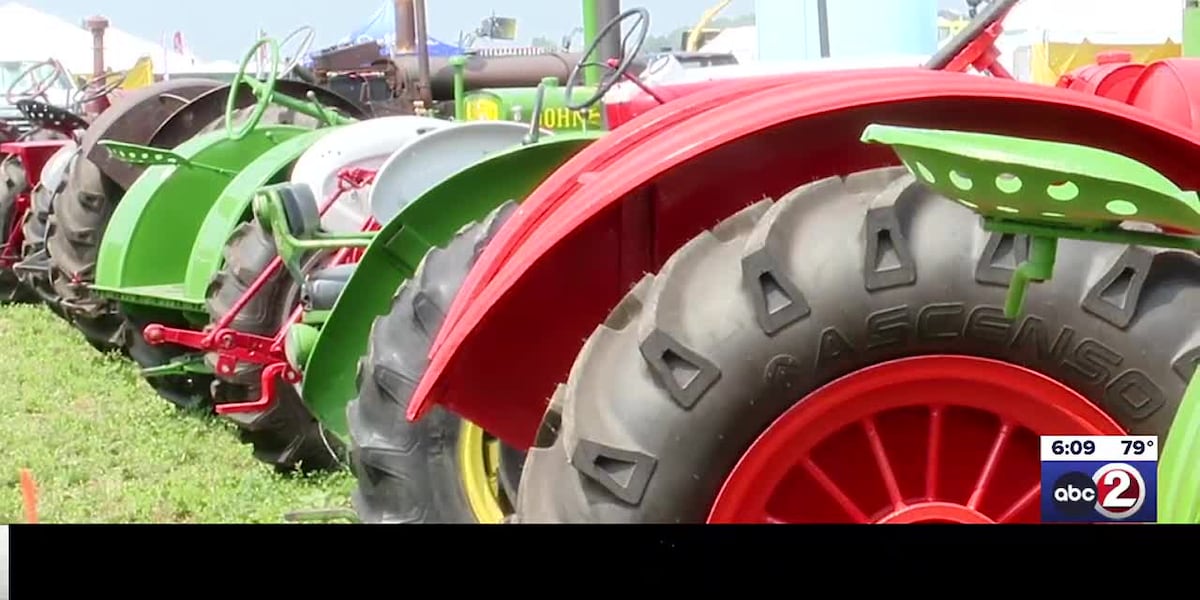Singaporeans React: Can Tech Really Beat California's Wildfires? Smart Trucks & AI Take Centre Stage

California's ongoing battle against devastating wildfires has spurred a wave of innovation, with researchers and tech companies developing cutting-edge solutions to combat the advancing flames. Forget traditional firefighting methods – the future of wildfire control might involve smart fire trucks, AI-powered drones, and even uniforms woven with intelligent fabrics. Let's explore these exciting developments and see if they can truly turn the tide against these natural disasters.
Smart Fire Trucks & Nozzles: Precision and Efficiency
One of the most immediate advancements lies in the realm of firefighting vehicles. Engineers are developing 'smart' fire trucks equipped with advanced sensors and data analytics. These trucks can assess fire conditions in real-time, identify hotspots, and optimize water usage. Coupled with smart nozzles that adjust spray patterns based on wind and terrain, these trucks promise to deliver water more efficiently, minimizing waste and maximizing impact. Think of it as precision firefighting – targeting the flames exactly where they need it most.
AI-Powered Pilotless Helicopters: Eyes in the Sky
The sheer scale of wildfires often makes it difficult for firefighters on the ground to get a complete picture of the situation. Enter pilotless helicopters, equipped with high-resolution cameras and sophisticated AI algorithms. These drones can fly over vast areas, identify new fire outbreaks, track fire spread, and even detect hotspots that might be missed by human observers. The AI can analyze the data collected, predict fire behavior, and guide firefighting efforts in real-time. This provides invaluable situational awareness, allowing resources to be deployed more effectively.
Intelligent Fabrics: Protecting the Firefighters
Protecting the firefighters themselves is paramount. Researchers are developing uniforms made from intelligent fabrics that can monitor vital signs, detect heat stress, and even provide early warnings of dangerous conditions. These fabrics can also be treated with fire-resistant coatings and incorporate sensors that relay data back to command centers, ensuring the safety and well-being of the brave men and women on the front lines.
The Role of Artificial Intelligence (AI)
At the heart of all these innovations lies Artificial Intelligence. AI algorithms are used to analyze vast amounts of data – from weather patterns and vegetation density to fire behavior and terrain – to predict fire risk, optimize resource allocation, and guide firefighting strategies. The more data fed into the AI, the more accurate its predictions become, leading to more effective fire prevention and control.
Singapore's Perspective: Lessons and Opportunities
While Singapore doesn't face the same wildfire risk as California, the innovations being developed to combat these fires have broader implications. The emphasis on data-driven decision-making, advanced technology, and firefighter safety is relevant to disaster management in general. Furthermore, Singaporean companies could potentially leverage this technology to develop solutions for managing vegetation fires in Southeast Asia, a region that is increasingly vulnerable to these events.
The Future of Firefighting
The 'wildfire moonshot' in California represents a significant shift in how we approach fire prevention and control. While technology alone won't solve the problem, it offers a powerful set of tools to help us mitigate the risks and protect communities. As these technologies continue to evolve and become more accessible, we can expect to see them deployed in fire departments around the world, ushering in a new era of smarter, more effective firefighting.






